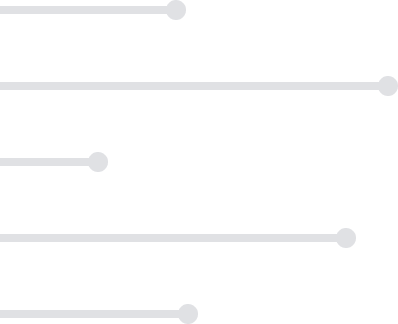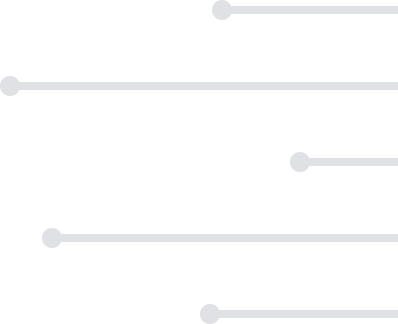
$99
Plus membership
4 Credits
All courses include:
eTextbooks
2 to 3-day turnaround for grading
Multiple chances to improve your grade
On-demand tutoring & writing center
Student support 7 days a week
$99
Plus membership
4 Credits
All courses include:
eTextbooks
2 to 3-day turnaround for grading
Multiple chances to improve your grade
On-demand tutoring & writing center
Student support 7 days a week
Biochemistry
$99
Plus membership
4 Credits
About This Course
ACE Approved 2023
Our Biochemistry online course is designed to provide you with a comprehensive overview of the fundamental principles of biochemistry.
What You'll Learn
Identify weak interactions in aqueous systems, ionizations of water, and buffers against pH changes in biological systems.
Contrast primary, secondary, tertiary, and quaternary structures of proteins and their effects on binding and interactions.
Sort monosaccharides, disaccharides, polysaccharides, and glycoconjugates.
Understand nucleic acid structure and chemistry.
Contrast the functions and features of lipids when acting as signals, cofactors, and pigments.
Understand the relationship of membrane dynamics with their composition and architecture.
Explain how the G Protein, gated ion channels, regulation of transcription and cell cycle achieve biochemical signaling.
Identify the effects of bioenergetics and thermodynamics on metabolism.
Explain the role of glycogen and glycolysis in metabolic pathways.
Articulate the citric acid cycle.
Understand the digestion, mobilization, and transport of fats.
Articulate the role of ATP in oxidative phosphorylation.
Explain the biosynthesis of fatty acids, triacylglycerols and membrane phospholipids.
Understand the role of hormone regulation on metabolism.
Articulate how genes, chromosomes, DNA, RNA, and other proteins are used as information pathways.


Your Life, Your Schedule, Your Education
Transfer into over 3000+ institutions that accept ACE courses or transfer directly into 180+ partner schools.
request information
Concepts from the structure and function of biomolecules to the regulation of cellular metabolism are discussed during this online Biochemistry course for college credit.
There are no prerequisites to take Biochemistry. Completion of Organic Chemistry I & II or their equivalent is strongly encouraged, though not required.
| Topic | Subtopics |
|---|---|
| The Foundations of Biochemistry |
|
| Water, the Solvent of Life |
|
| Amino Acids, Peptides, and Proteins |
|
| The Three-Dimensional Structure of Proteins |
|
| Protein Function |
|
| Enzymes |
|
| Carbohydrates and Glycobiology |
|
| Nucleotides and Nucleic Acids |
|
| Lipids |
|
| Biological Membranes and Transport |
|
| Biochemical Signaling |
|
| Introduction to Metabolism |
|
| Glycolysis, Gluconeogenesis, and the Pentose Phosphate Pathway |
|
| The Metabolism of Glycogen in Animals |
|
| The Citric Acid Cycle |
|
| Fatty Acid Catabolism |
|
| Oxidative Phosphorylation |
|
| Lipid Biosynthesis |
|
| Biosynthesis of Amino Acids, Nucleotides, and Related Molecules |
|
| Hormonal Regulation and Integration of Mammalian Metabolism |
|
| Genes and Chromosomes |
|
| DNA Metabolism |
|
| RNA Metabolism |
|
| The Metabolism of Glycogen in Animals |
|
| Protein Metabolism |
|
| Regulation of Gene Expression |
|
Your score provides a percentage score and letter grade for each course. A passing percentage is 70% or higher.
Assignments for this course include:
- 4 Graded Exams
- 1 Graded Midterm
- 1 Graded Final
The required eTextbook for this course is included with your course purchase at no additional cost.
Nelson, David L., et al. Lehninger Principles of Biochemistry. 8th ed., Macmillan Learning, 2021. ISBN: 9781319322342
The text is provided digitally as part of the course enrollment. Students may find used, new, or rental print copies by searching for the ISBN.
Student Success students also take:
Helpful resources:







